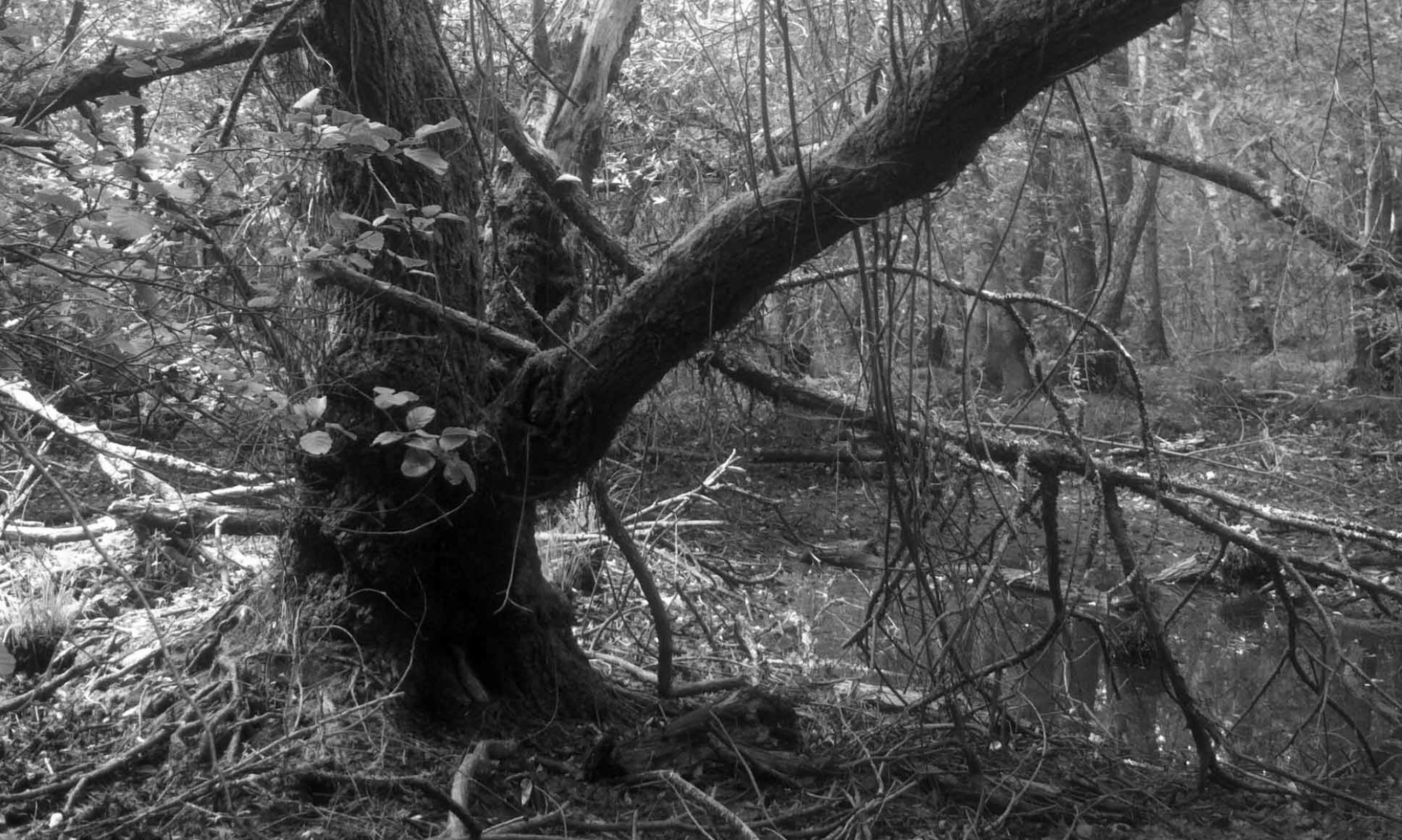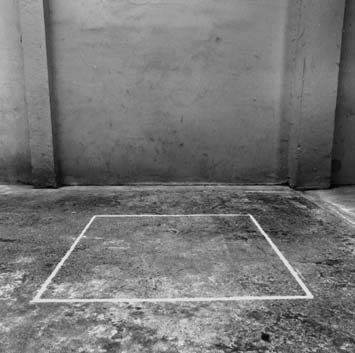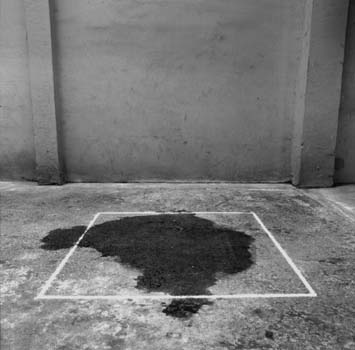Installation (citerne, tuyauterie / tank, piping) _ 1996 / 1997
Une citerne capte l’eau de pluie et la
distille sous forme de lâchés d’eau à intervalles réguliers. le débit de
la machine et le volume de la citerne sont réglés par rapport à une
activité pluvieuse “normale” sur l’ensemble de l’année. Donc, en moyenne
la citerne n’est jamais vide.
Néanmoins, par temps trop sec, l’eau se tarit et l’écoulement s’interrompt.
Les paramètres d’identification du sens de l’installation s’estompent
progressivement :
• le mouvement de l’eau qui tombe ainsi que l’impact n’existent plus,
• sur le sol, les traces d’eau s’évaporent.
Ainsi le sens de l’installation se dilue dans son environnement.
Lorsque l’eau revient, l’installation reprend sa tension première en égrenant imperturbablement ses lâchés d’eau.
A tank collects rainwater and distils it as
drops falling at regular intervals. The outflow of the machine and the
volume of the tank are adjusted on the basis of “normal” annual
rainfall. Thus, on average, the tank is never empty.
Nevertheless, when the weather gets too dry, the water vanishes and the flow is stopped.
The parameters giving access to the meaning of the installation gradually blur:
_neither the movement nor the impact of the falling water exist any longer.
_the water on the floor dries up.
And so, the meaning of the installation vanishes from it’s own environment.
When the water reappears, the installation finds its original tension again, dripping its drops of water unperturbed.
(translation: Lindsay onions)


